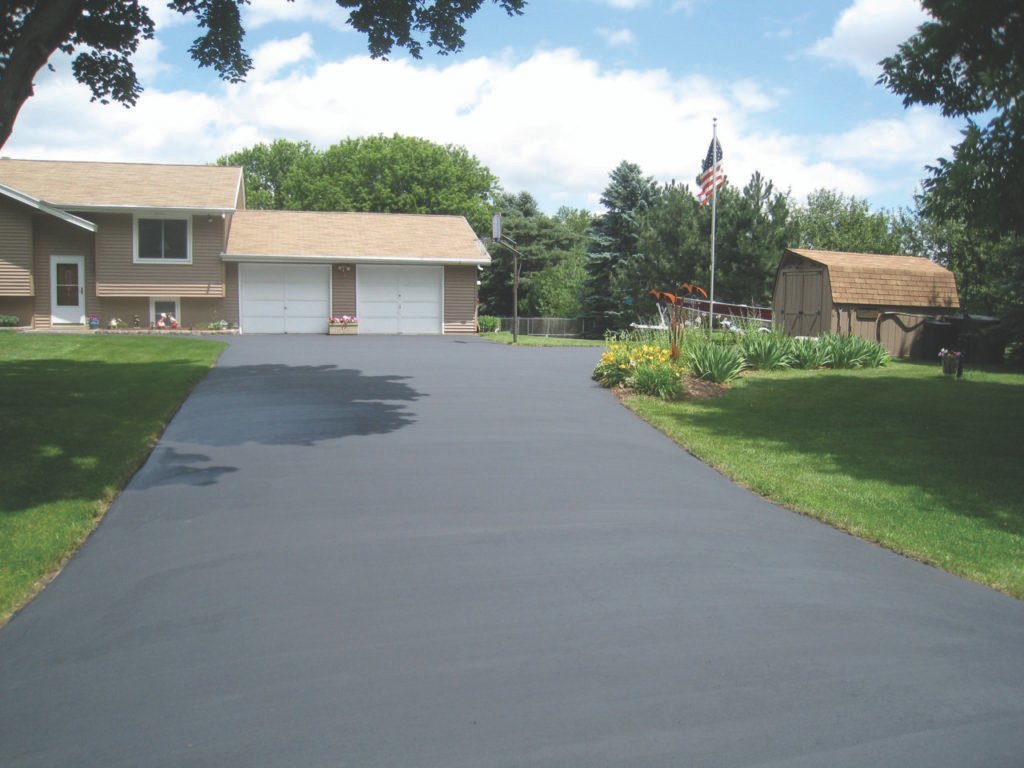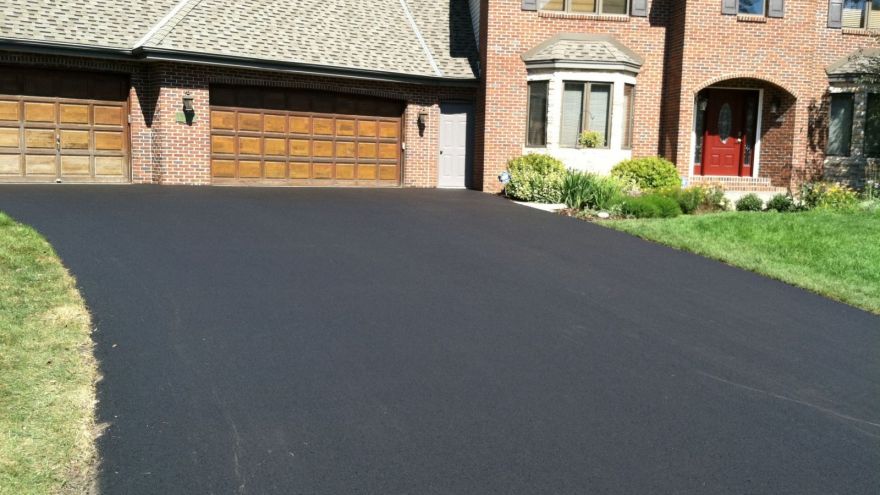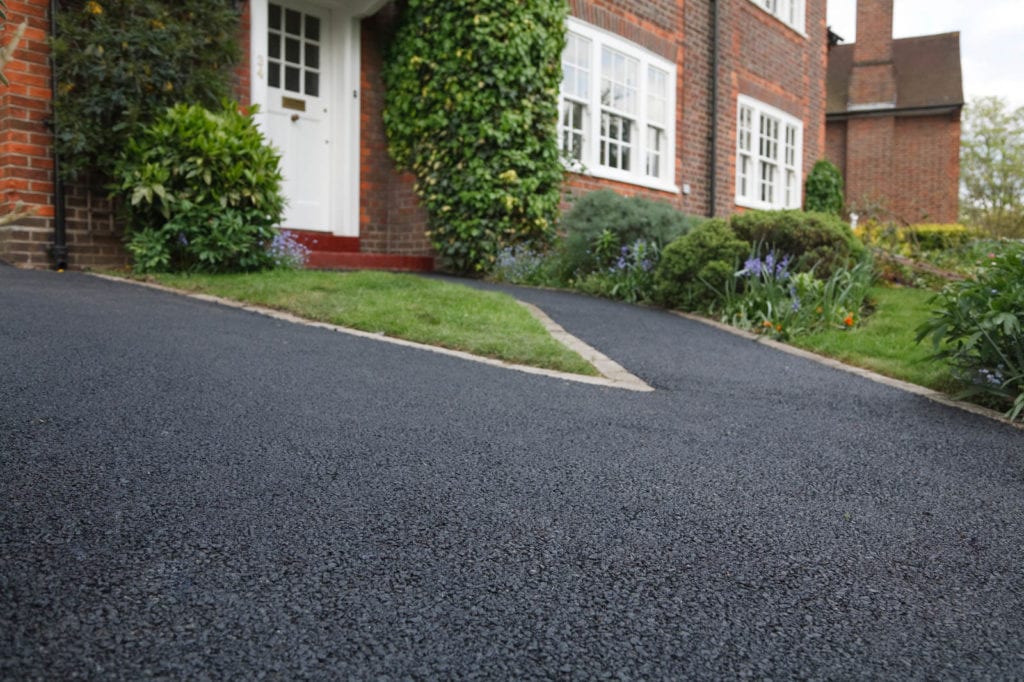Residential and commercial property owners most prefer low-cost maintenance and practical cleaning ideas for their concrete floors. Two methods fit both practicality and affordability when it comes to floor repairs. These are concrete refinishing and concrete resurfacing.
Most people can get confused with these two terms since these offer the same results. These are concrete maintenance and repair options that bring in quality concrete surfaces for indoor and outdoor floors. Local flooring companies near you can offer pool refinishing Orlando and interior floor resurfacing anywhere you got concrete steps within your properties. These processes are both easy to do and are light to the pockets.
When you are refinishing and resurfacing, you will not have to dig out a massive chunk of cement from the ground. Besides, replacing the concrete floors costs a lot and requires time, energy, and labor.
Better Alternative to Concrete Replacement: Resurfacing
So, an alternative to the replacement of an entire flooring slab is resurfacing. Other times it is referred to as refinishing. However, today’s article will let you look into the thin lines that divide the two related terms. There are specific methods that resonate with resurfacing. Take notes and get some clarity on grey areas on these concrete flooring terms.
Key Features of Resurfacing: Enhanced Form and Function
When you say resurfacing, it involves taking out the loose debris over old concrete flooring. Then, it is followed by pouring on new layers of concrete. The new surface does not require digging out of the old substrates and slabs. Resurfacing uses a new set of concrete mix to pour over an existing flooring system.
Although the process needs to remove the old concrete slabs, resurfacing will not make the floors look aged and damaged. Instead, the method supplies new-looking floors, good as new. Moreover, when an expert flooring contractor does the resurfacing job, the results are seamless. The new surface will not look like a separate batch of concrete layers. The entire floor looks just like it is one concrete system the whole time.

The Salient Steps for Concrete Resurfacing
-
Resurfacing Step #1 – Cleaning
Resurfacing starts with repairing, surface preparation, clearing out old concrete’s loose debris. In this first step, old grease or stains that had gotten stuck over the years will also be removed.
-
Resurfacing Step #2 – Pressure Washing
Say that the first step is a mild cleaning. The next thing to do then is pressure washing. Pressure washing helps ensure that the concrete surface is a hundred percent free from any solid particles and any residue. Having tiny solid materials, dust, grease, stain on the concrete will lead to concrete resurfacing failures. You do not want that.
-
Resurfacing Step #3 – Concrete Mix
The third step will be preparing the concrete mix. It is crucial to get the correct proportions of the aggregates and solvent solutions. The goal is to make a unified look and seamless transition of the old surface to the new one. A professional concrete installer such as concrete contractor Houston TX and concrete contractors Atlanta got the right skills to do this step. Achieve the best outcome when you let the guys from your local area work on the concrete floors.
-
Resurfacing Step #4 – Application
Resurfacing uses a squeegee to spread and apply the mix over the old flooring. Then a brush or a broom creates a non-skid texture over the surface.

Key Features of Refinishing: Aesthetic Changes
Refinishing’s goal is to enhance the floor’s aesthetics. Coloring, redesigning, and coating or resealing are key features here. It is an efficient choice for commercial and residential floors which are exposed to heavy use and traffic.
Salient Steps to refinishing
-
Grinding
Refinishing starts with grinding. Grinding is necessary, especially if you need to refinish the concrete surfaces with new coatings or apply a brand new coloring.
-
Repairing and Crack Filling
For effective coating, the surface must be free from damages or any rough spots. If cracks and creases exist, you will need patching and filling first. This way, the concrete filler, and crack repair will pave a smooth surface. The new coat or new finish attaches effectively. A chemical concrete surface densifier is then applied to provide a glossy finish.






